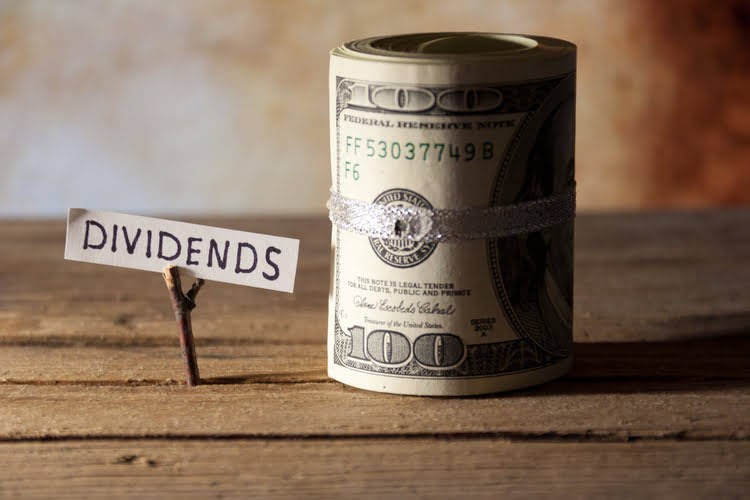
While these benefits can be enticing, it’s essential not to overlook the potential pitfalls of using financial leverage. There’s no single formula for leverage — investors and analysts use various ratios to measure leverage. A 20 percent drop to $160 per share would mean your holdings are only worth $16,000. You’d lose money on your investment and still need to pay back your margin loan with interest. If Stock B increases in price by 20 percent to $240 per share, you could sell your holdings for $24,000.
Debt Ratio
If a company cannot generate sufficient returns to cover its interest payments, it may face financial distress. This risk-reward balance is essential for management to consider when deciding on the appropriate level of leverage to employ. Conversely, a case study of a retail company highlighted the potential downsides of excessive financial leverage. When the company faced a downturn in sales, its high debt levels led to significant financial distress, negatively impacting profitability. This scenario underscores the importance of balancing debt levels to mitigate risks while still leveraging financial resources for growth.
Licensing Revenue Model: An In-Depth Look at Profit Generation

He currently researches and teaches economic sociology and the social studies of finance at the Hebrew University in Jerusalem. She holds a Bachelor of Science in Finance degree from Bridgewater State University and helps develop content strategies. Our writers and editors used an in-house natural language generation platform to assist with portions of Food Truck Accounting this article, allowing them to focus on adding information that is uniquely helpful. The article was reviewed, fact-checked and edited by our editorial staff prior to publication. Our website services, content, and products are for informational purposes only. ✅ All InspiredEconomist articles and guides have been fact-checked and reviewed for accuracy.
C. The balance between risk and reward
- It does so by determining the available funding for social and sustainable projects.
- For most companies, financial capital is raised by issuing debt securities and by selling common stock.
- He currently researches and teaches economic sociology and the social studies of finance at the Hebrew University in Jerusalem.
- Financial leverage is a crucial concept in understanding how a company can enhance its profitability by using borrowed funds.
- Corporate management tends to measure financial leverage by using short-term liquidity ratios and long-term capitalization, or solvency ratios.
Financial leverage can significantly impact a company’s profitability, making it essential to monitor financial health closely. By using borrowed capital to invest in growth opportunities, companies can amplify their returns. However, this increased potential successful use of financial leverage requires a firm to for profit comes with heightened risks, particularly if the cost of debt exceeds the returns generated from investments.

Financial leverage can significantly amplify a company’s profitability, but it also introduces the risk of financial distress. When a company relies heavily on debt to finance its operations, it must generate sufficient earnings to cover interest payments and principal repayments. A downturn in business performance can quickly lead to a situation where the company struggles to meet its financial obligations.

- Additionally, industries with stable cash flows tend to leverage debt more successfully, as they can predict their ability to service that debt.
- Since the management of most companies relies heavily on ROE to measure performance, it is vital to understand the components of ROE to better understand what the metric conveys.
- While financial leverage can provide benefits by increasing the potential returns, it also comes with significant risks that cannot be overlooked.
- On the other hand, low leverage can provide a company with more flexibility to fund sustainability projects and make decisions focusing on long-term profitability and value.
- At the end of the year, the investor will have made a $100 return (10% of $1,000) from the investment, from which he will subtract the $50 cost of borrowing (5% of $1,000).
- But if it had $500 million in assets and equity of $100 million, its equity multiplier would be 5.0.
As the name implies, these ratios are used to measure the ability of the company to meet its short-term obligations. Two of the most utilized short-term liquidity ratios are the current ratio and acid-test ratio. Both of these ratios compare the company’s current assets to its current liabilities. Once this amount is determined, management needs to examine the financial markets to determine the terms in which the company can raise capital. This step is crucial to the process because the market environment may curtail the ability of the company bookkeeping to issue debt securities or common stock at an attractive level or cost. A company’s level of financial leverage can also influence its capacity to meet ethical obligations.

B. The impact of borrowing costs on profitability

The impact of financial leverage on a company’s profitability can be significant. When a firm generates returns that exceed the cost of debt, financial leverage can amplify earnings and improve metrics such as return on equity (ROE). Conversely, if the cost of debt surpasses returns, it can lead to decreased profitability and financial distress. Financial leverage refers to the use of borrowed capital to increase the potential return on investment.
